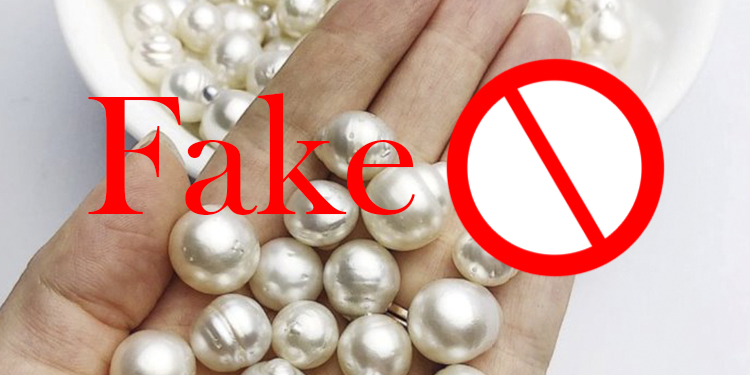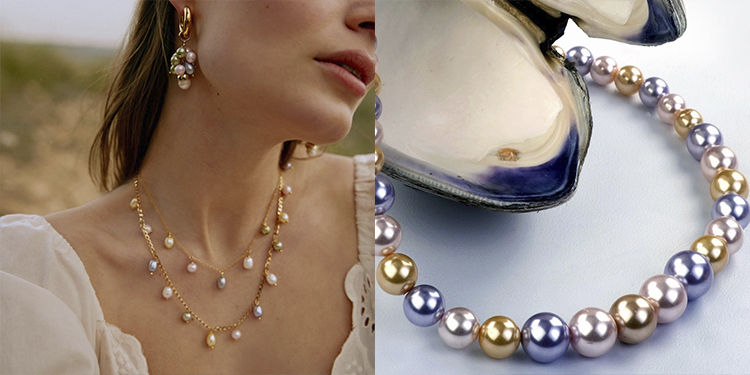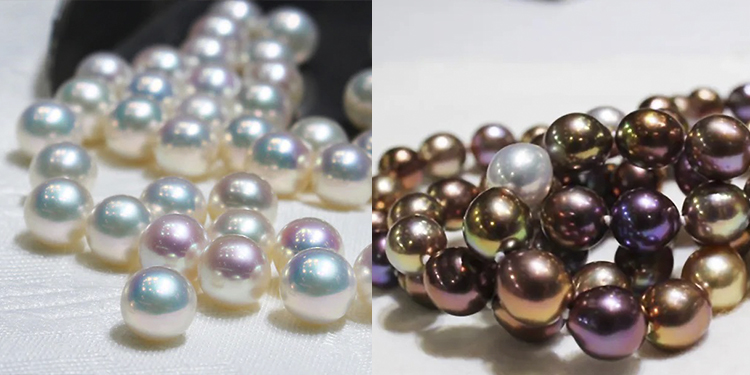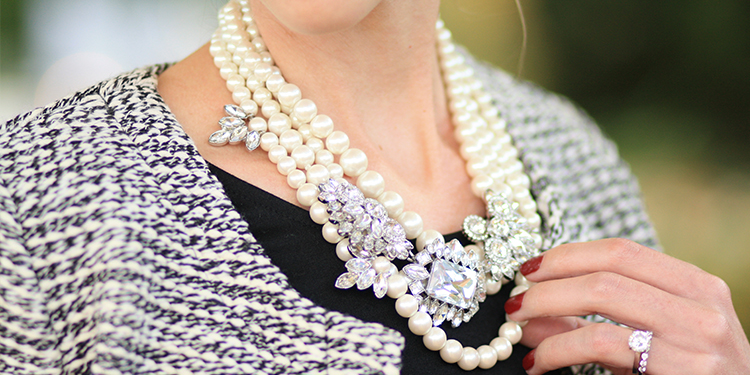These Five Types of Fake Pearls You Absolutely Should Not Buy

Pearls, as an indispensable accessory in the world of fashion, have always been beloved by many people.
The market is flooded with a plethora of pearl varieties, making it quite a task to choose.
When purchasing pearls, it is imperative to be discerning. Beware of the following five types of fake pearls!
1. Bead Pearls
Mabe pearls are cultivated within the shells of certain mollusks using a special method.They share a similar composition with spherical pearls.
Mabe pearls typically exhibit a semi-circular shape, with one side resembling a pearl and the other side resembling the inner surface of a shell.
Depending on the shape of the implanted nucleus, Mabe pearls can also take on shapes like teardrops, olives, or hearts.
However, bead pearls are classic examples of imitation pearls.
Although the name is similar, bead pearls are actually made by compressing and processing crushed shell powder.Some are also produced by polishing shells.
Bead pearls have distinct parallel bands on their surface and lack the layered growth structure found in genuine pearls.

2. Coated Pearls
Coated pearls are another classic type of imitation pearls.
They are created by applying a layer of special polymer coating onto spherical objects made of materials like plastic.
These coated pearls are prone to exhibiting surface irregularities such as pits, scratches, and bubbles, which can be observed under a magnifying glass.

3. Dyed Pearls
When closely examined under strong light, dyed pearls reveal clearly visible boundaries between colors, distinct from the natural iridescence seen on the surface of genuine pearls.
This effect is due to the accumulation of dyes.

4. Plastic Fake Pearls
Plastic fake pearls are relatively easier to distinguish. T
hey are lightweight and have a lower density compared to real pearls, resulting in noticeable differences in their feel and weight.

5.Glass Pearls
Glass pearls are relatively challenging to identify because to differentiate them, you would need to subject the pearls to hydrochloric acid.
Genuine pearls dissolve in hydrochloric acid, whereas glass pearls remain unscathed.
However, for those who are not experts in the field,
accurately determining whether pearls have been dyed or assessing their authenticity is recommended to be entrusted to authoritative organizations such as NGTC for thorough reevaluation.
This is the most reliable and reassuring approach.


Leave a Comment